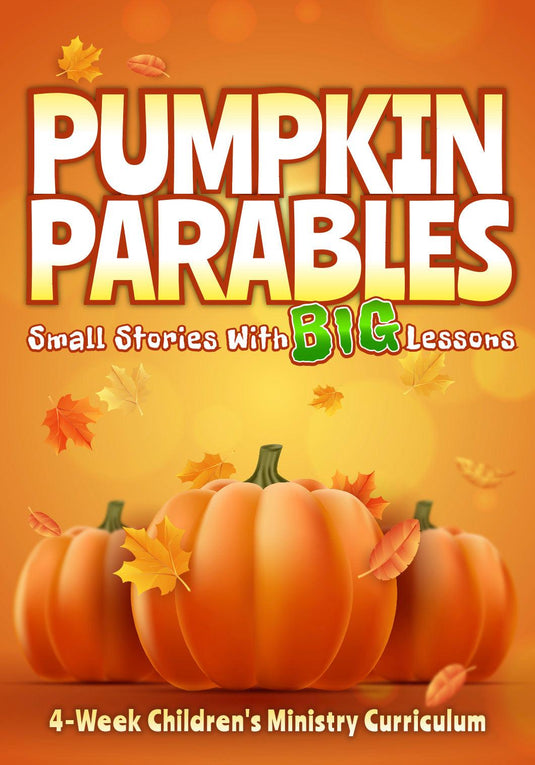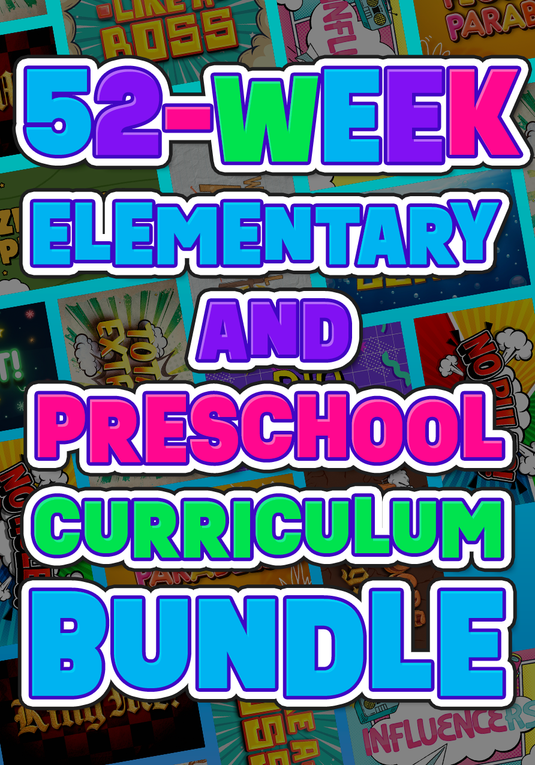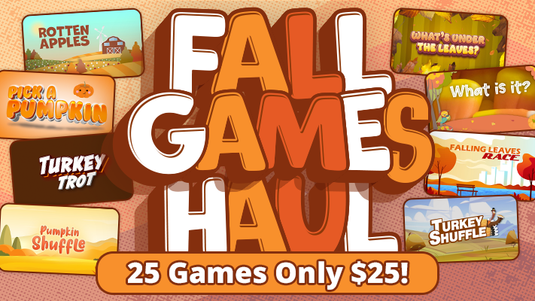Who has the secret to writing an attention-grabbing children’s sermon for your children’s ministry? You do! The reality is, every single children’s ministry is comprised of a unique set of individual children with different needs, learning abilities, attention spans, cultures, etc. The list really can go on and on. Only you truly know the unique audience you are speaking to.
Whether you are writing a children’s sermon for the first time or you are a veteran Children’s Pastor, this article is for you and everyone in between!
Although, there are some universal key points and factors that work across the board. In this article is a list of some strategies to use when attempting to write an attention-grabbing children’s sermon.
DO YOUR RESEARCH, READ YOUR BIBLE AND TAKE NOTES
Whether you are writing for a set of children or adults, it is always important that you start here, first and foremost. Take Psalm 119:105 for example, “Your word is a lamp for my feet and a light on my path.” Studying God’s word first, no matter how many times you have heard the story will help to refresh your memory! Take lots of notes, write down words or phrases that stand out to you, look up definitions and the history behind parts of the story. It’s always a good idea to start with reading your Bible. Then from there, read or watch other Pastors teaching the same story, not to copy verbatim what they are saying, but to pay attention to what sticks out to you and why.
COME UP WITH A RELATABLE MAIN POINT
After you have read through your story and done your research, come up with a “main point,” “big idea,” or “takeaway” that you want them to remember. Because the reality is there are SO MANY good paths you can take them down in your presentation of even the simplest Bible story. By picking a main point, you are giving yourself a very clear and clean-cut objective to direct yourself and the kids back to. Also, the reality is most children probably will not remember every word you say, BUT if you sprinkle your main point throughout the beginning, middle, and end of your children’s sermon, they will most certainly remember that! Approach this by reflecting on what stuck out to you as a child. What made the biggest impact on you and why?
HAVE A PHYSICAL BIBLE WITH YOU AND OPEN IT
A lot of children are visual learners. This is important even with your little toddlers. Be sure to open your Bibles in front of your students so they know you aren’t making up the story, like a fairytale, but it is in fact the true Word of God you are reading from. If we want the children we’re teaching to grow up and read their Bibles, we need to be showing them what is in this giant book that we are constantly telling them to read. Also, bringing any object out for your lesson is HUGE! It helps to grab attention and direct their focus back to you. Whether you choose to read the whole story or to paraphrase a portion is up to you but make it a point to show them that you're getting this story from your Bible.
OBJECT LESSONS
Speaking of object lessons, yes, do them! Jesus almost did something similar with the parables he told. Jesus would tell people a made-up, almost shocking, story to grab everyone’s attention! This is like what would be happening with an object lesson.
Object lessons can come in all shapes, forms, and sizes. They can be big and bold, with shock, awe, fire, and anything to make their jaws drop, or they can be as simple as pulling out a boat or a piece of bread or food as you tell the real story from the Bible and making it move and letting the children touch, feel and pass the object around.
This form of learning speaks to many children, but especially those visual learners who are easily distracted if they are just listening to someone talk.
GET ON THEIR LEVEL
It is important that they feel like they are heard. This can be done by incorporating thoughts and feelings that you know they might be having. Example: “Sharing our toys is one way we can show love and kindness to others.” Think about what sermons have been the most attention-grabbing for you. They likely felt as though they were written for you in the exact situation you were in, or ones that you could relate to in an almost supernatural way, weren’t they?
Incorporating phrases, topics, or situations that they may be going through is bound to grab their attention. So, it is extremely helpful if you know your audience and what they are going through.
ASK QUESTIONS
What kid doesn’t love to share a story or answer? Or even just as simple as a raise of hands! Regardless of how many or when you ask the questions, the key strategy here is just to ask the questions. Especially if they are relatable questions like, “Have you ever had your feelings hurt by someone?”. At minimum here, you are guaranteed to get the attention of the talkers in the room. A raise of hands question will even help get the attention of the shy/quiet children who don’t like talking out loud.
SET THE TONE
Almost last but not least, set the tone! Write this into the notes for your sermon as well! This can be done in a variety of ways, from the decorations to the lights, to the music you are playing to your tone of voice. All of this helps to set the mood and the tone to make what you are trying to teach them that much more real. If you are telling an exciting. action-packed story, make sure that your voice is excited, and if you are telling a sad story. make sure that your voice is toned down and quieter. Even something as little as this will help to bring everything full circle and make your lessons that much more retainable.
PRAY
Begin and end (if you can) your sermon with prayer! Invite God to open everyone’s minds and hearts as you bring his word and message to them. Pray for them, their families and/or their friends. Doing so will show them you care. If you are able as well, take prayer requests and pray over those. Prayer requests are probably easier to share at the end rather than the beginning, but you know your audience, and the order in which you pray is not important, as long as it’s always incorporated. Also, if you write your prayer out ahead of time and as a part of your sermon, relate the sermon into your prayer. For example: If you’re teaching about the story of Jesus dying on the cross, maybe you would pray, “….and thank you Jesus for what you did for us all on the cross!”




